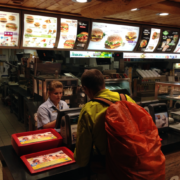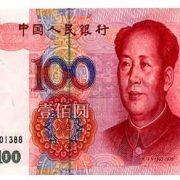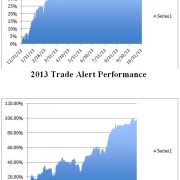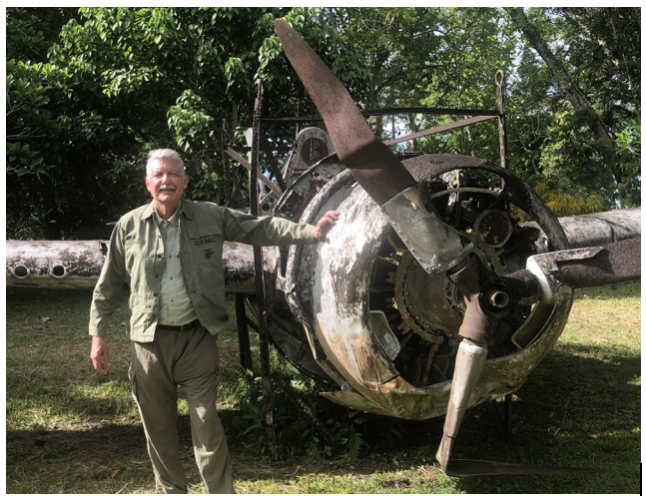My former employer, The Economist, once the ever-tolerant editor of my flabby, disjointed, and juvenile prose (Thanks to Peter Martin and Marjorie Deane!), has just released its "Big Mac" index of relative international currency valuations.
Although initially launched as a joke five decades ago, I have followed it religiously and found it an amazingly accurate predictor of future economic success.
The index counts the cost of McDonald's (MCD) premium two beef patty sandwiches around the world, ranging from $8.35 in Venezuela to $1.68 in Lebanon, and comes up with a measure of currency under and overvaluation.
What are its conclusions today?
The Venezuelan Bolivar is wildly expensive, with 235 years of annual per capita income needed to buy a single Big Mac in local currency terms if you can find one. There are currently 4 million Bolivars to the US Dollar in this sadly bankrupt country.
The Norwegian Kroner, Swiss franc (FXF), and the US Dollar (UUP) are also dear, with the average cost of an American Big Mac at $5.35. Every year I make a ritual visit to what is often the most expensive McDonald’s in the world at Zermatt Switzerland (see pictures below). There the Big Macs taste slightly acidic.
The cheapest currencies are the South African Rand, the Russian Ruble, and the Lebanese Pound, a Big Mac coming in at $1.68 in Beirut.
I couldn't agree more with many of these conclusions. It's as if the august weekly publication was tapping The Diary of a Mad Hedge Fund Trader for ideas.
I am no longer the frequent consumer of Big Macs that I once was, as my metabolism has slowed to such an extent that in eating one, you might as well tape it to my ass. Better to use it as an economic forecasting tool than a speedy lunch.
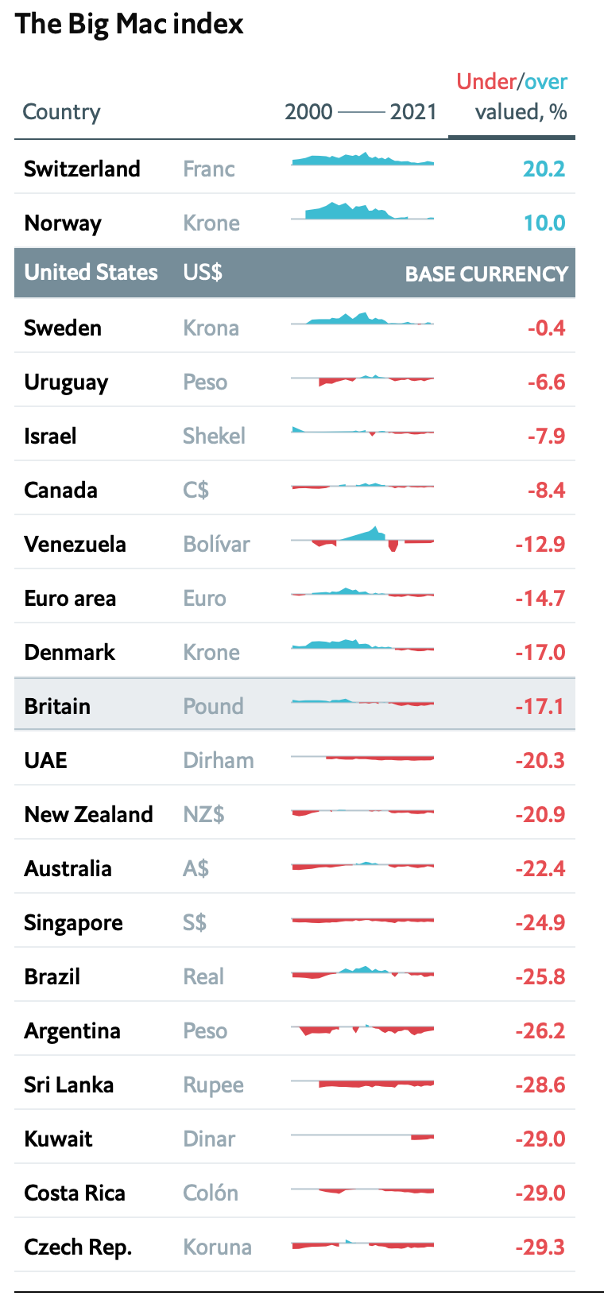
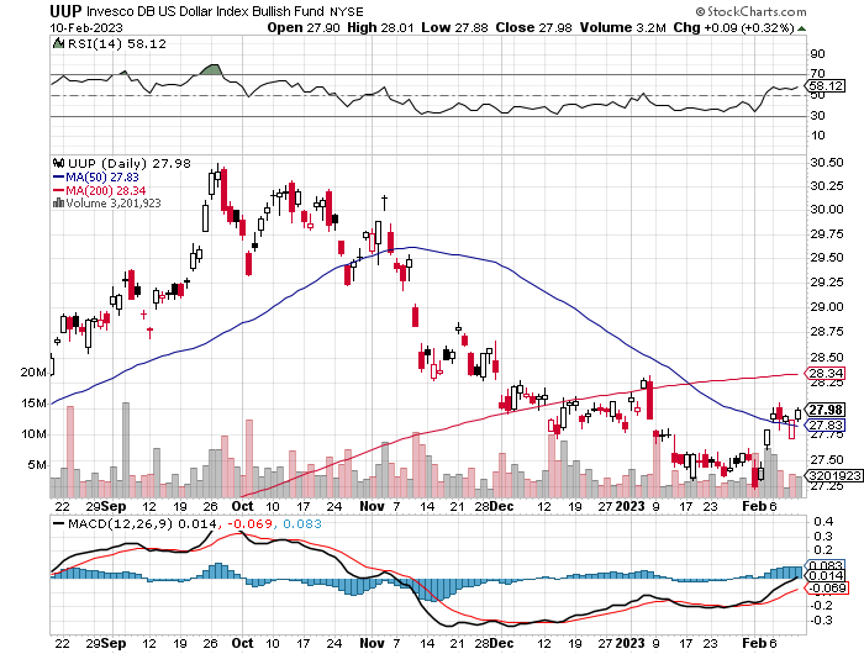
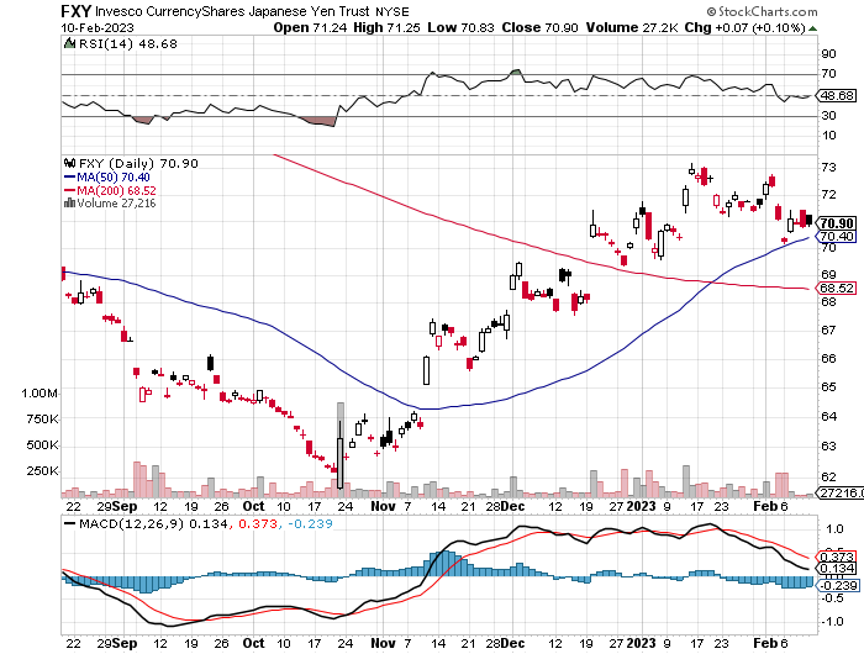
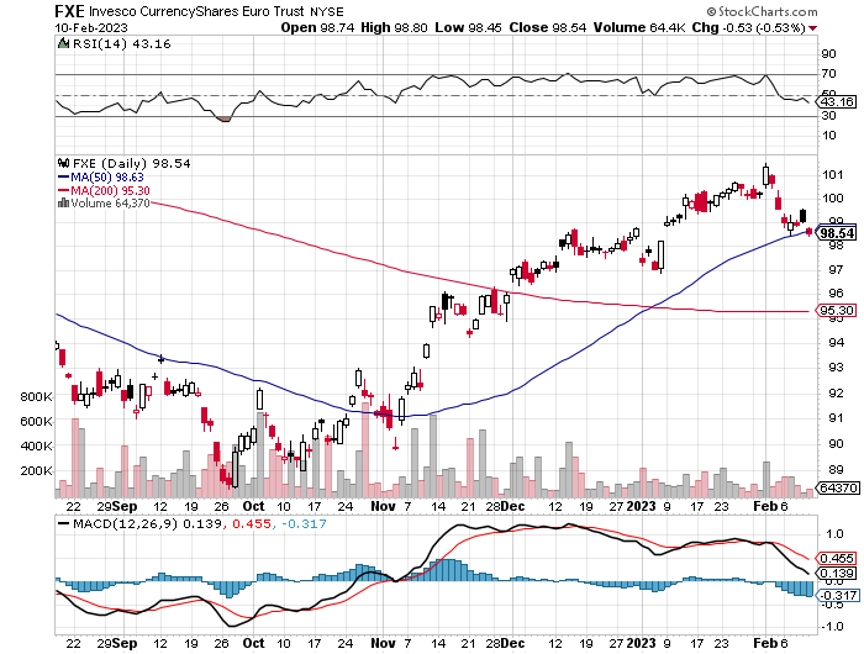
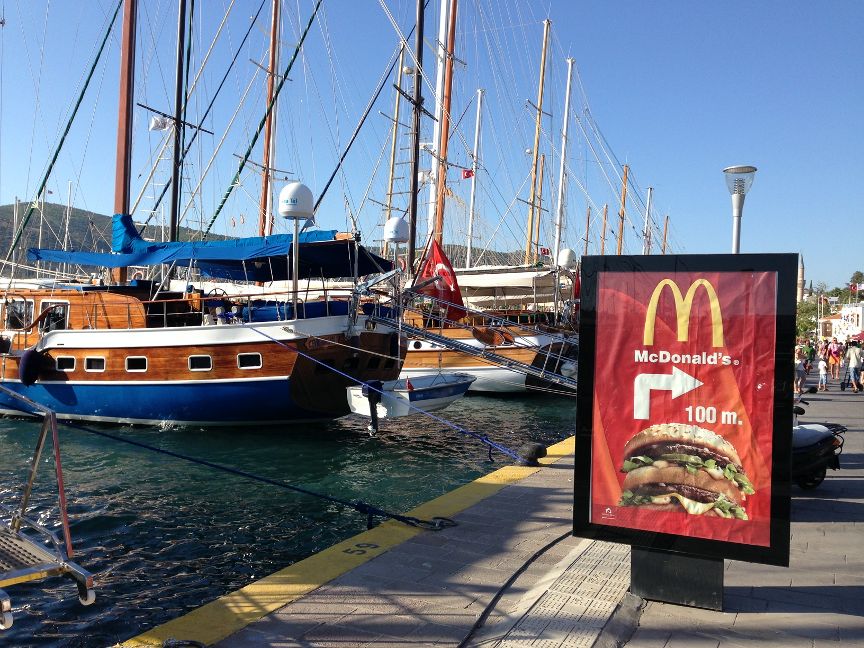
The Big Mac is a Steal Here in Turkey
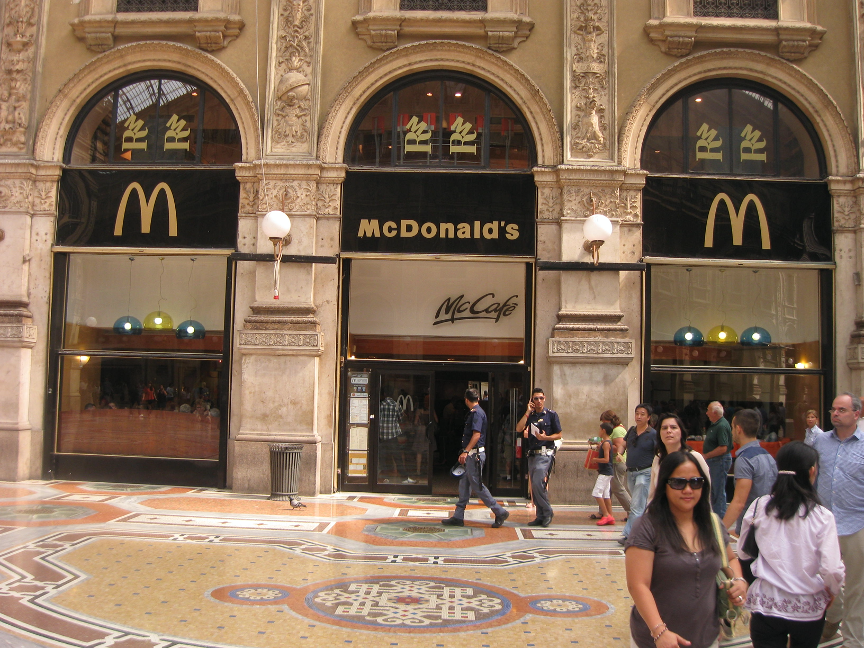
No Bargain Here in Italy Either
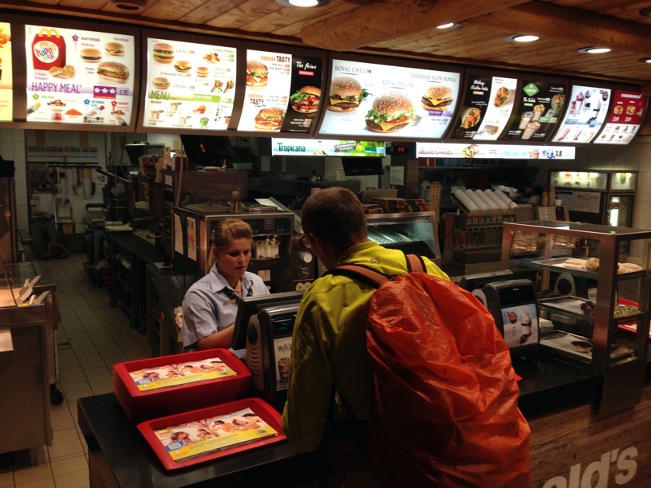
And Costs a King’s Ransome Here in Zermatt

